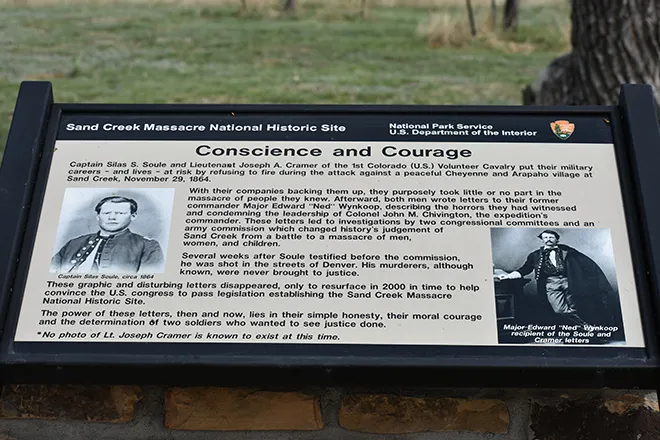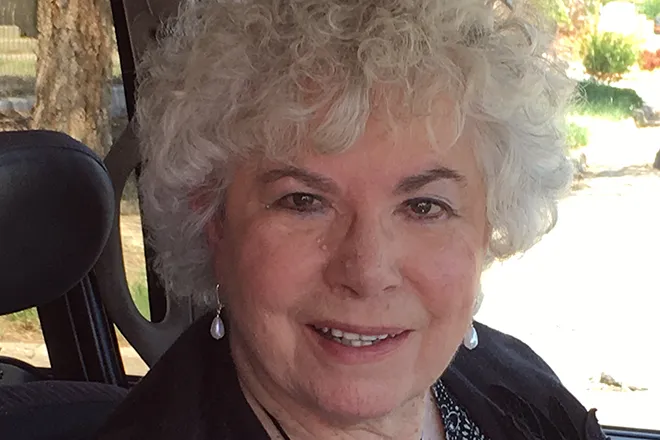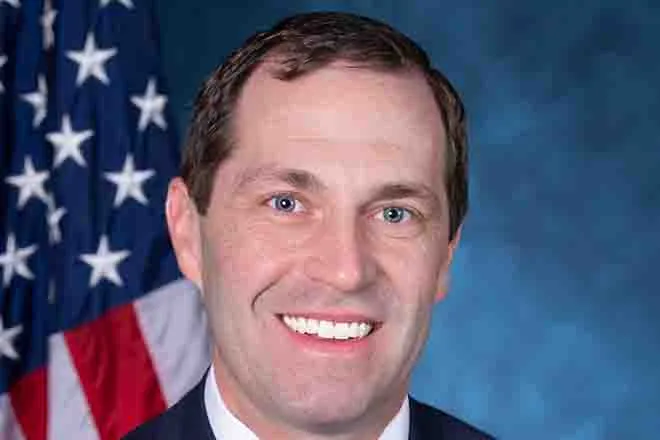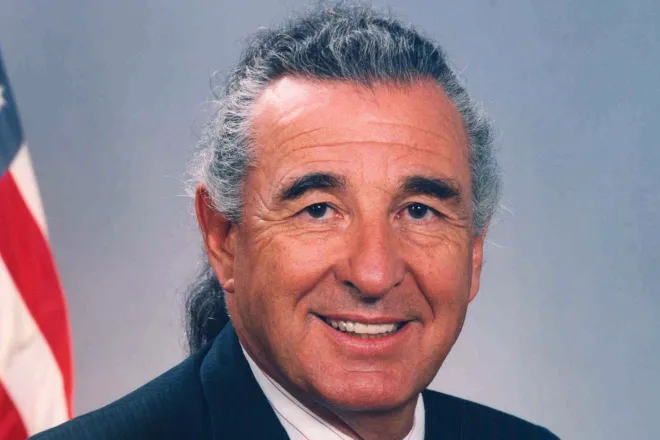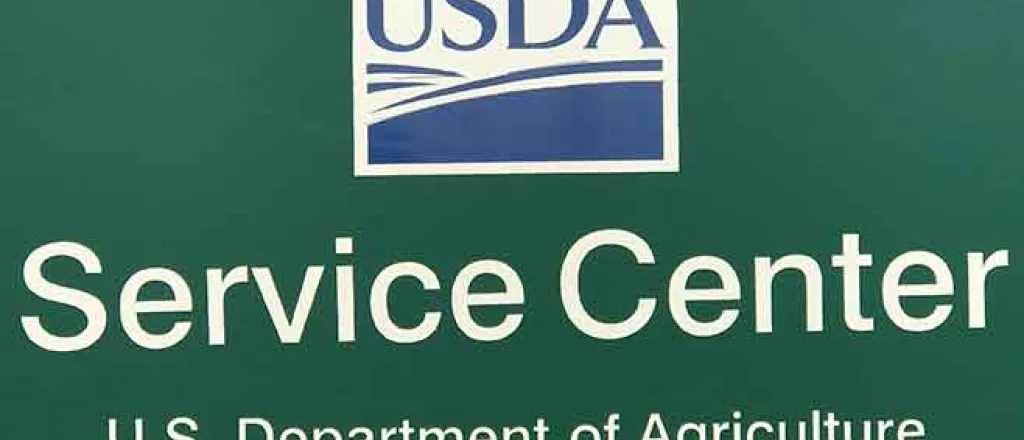
USDA Update - December 13, 2021
IMPORTANT DATES TO REMEMBER:
- DECEMBER 17, 2021 – NRCS DEADLINE PRODUCER SIGNED CRP GRASSLANDS CONSERVATION PLANS DUE TO FSA.
- JANUARY 30, 2022 - 2021 LIVESTOCK FORAGE PROGRAM - January 31, signup deadline.
- MARCH 15, 2022 - 2022 ARCPLC Election and Enrollment Deadline
Disclaimer: Information in this UPDATE is pertinent to Kiowa County FSA only. Producers reading this and that do not have FSA interest in Kiowa County are advised to contact their local FSA Office.
THE USDA SERVICE CENTER HAS A DROP BOX AVAILABLE ON THE EAST SIDE OF THE BUILDING.
COVID-19 UPDATE - The USDA Service Center received instructions last week that all customers visiting any Service Center will be required to wear a mask, regardless of vaccination status.
HAPPY HOLIDAYS
This will be the last UPDATE for the year. All employees here at the USDA Service Center wish all our producers a Merry Christmas and a Happy New Year.
SERVICE CENTER CLOSED
The USDA Service Center will be closed on the last two Fridays of the month; December 24 and December 31, 2021, in observance of Christmas and New Year holiday.
NRCS Announces Conservation Funding Opportunities for 2022
USDA has several fiscal years 2022 assistance opportunities for agricultural producers and private landowners for key programs, such as the Environmental Quality Incentives Program (EQIP), Conservation Stewardship Program (CSP), Agricultural Conservation Easement Program (ACEP), Regional Conservation Partnership Program (RCPP) and Agricultural Management Assistance (AMA) program.
Through conservation programs, USDA’s Natural Resources Conservation Service (NRCS) provides technical and financial assistance to help producers and landowners make conservation improvements on their land that benefit natural resources, build resiliency, and contribute to the nation’s broader effort to combat the impacts of climate change.
Applying for Assistance
NRCS accepts applications for its conservation programs year-round. State Technical Committees, composed of representatives from conservation and agricultural-related organizations, work with NRCS to set state-specific, ranking dates to evaluate applications for funding. These dates account for producer needs, staff workload and ensure potential participants have ample opportunity to apply. Producers should apply by their state’s ranking dates to be considered for funding in the current cycle.
Funding is provided through a competitive process. State-specific, ranking dates for all programs are available. Applications received after ranking dates will be automatically deferred to the next funding period.
Program Options
EQIP provides cost share assistance for producers to use 170-plus conservation practices to address a wide variety of resource concerns. Within EQIP, Conservation Incentive Contracts allow producers to further target priority resource concerns. CSP helps producers take their conservation activities to the next level through comprehensive conservation and advanced conservation activities. ACEP helps producers enroll wetlands, grasslands and
farmlands into easements for long-term protection. Additionally, through RCPP, producers and landowners can work with partners who are co-investing with NRCS on targeted projects.
Historically Underserved Producer Benefits Special provisions are also available for historically underserved producers. For EQIP, historically underserved producers are eligible for advance payments to help offset costs related to purchasing materials or contracting services up front. In addition, historically underserved producers can receive higher EQIP payment rates (up to 90% of average cost). NRCS sets aside EQIP, CSP and ACEP funds for historically underserved producers.
Conservation Practices and Climate
NRCS conservation programs play a critical role in USDA’s commitment to partnering with farmers, ranchers, forest landowners and local communities to deliver climate solutions that strengthen agricultural operations and rural America. States may prioritize a variety of voluntary conservation practices through these NRCS programs, including those that support climate-smart agriculture and forestry (CSAF).
In fiscal year 2022, EQIP and CSP will provide targeted funding for CSAF practices, and Conservation Incentive Contracts – a new EQIP program – will be available nationwide with an emphasis on CSAF practices. Building on these efforts, NRCS will also prioritize climate investments through ACEP, RCPP and Conservation Innovation Grants.
Producers, landowners, and forest managers interested in applying for assistance should contact the NRCS at their local USDA Service Center.
CRP GRASSLANDS
Friday, December 17, 2021, is the last day for producers with CRP Grassland contracts to either sign the NRCS Conservation Plan of Operations (CPO) or terminate the existing contract with FSA. Signing the forms with NRCS is the last step for the producer in the contract process as FSA has previously approved the legal and binding CRP-1 contract. Upon receiving the producer’s signatures on the CPO; the FSA County Committee and NRCS lead resource leader will also need to sign.
When producers are signing the Grassland information with NRCS; it is very important that producer’s understand what documents they are signing, and they read the information prior to signing. These are legal and binding contracts between the producers and USDA for either 10 or 15 years. These contracts will be spot-checked and if overgrazing the acreage has occurred and the vegetative cover is non-existent; NRCS will report findings to FSA and the FSA County Committee will deal with non-compliance issues. The County Committee could terminate the contract(s) and require all payments received to be refunded.
FSA has been supplied a list of producers wanting cost shares for different watering or fencing projects. Once FSA has the approved conservation plan of operation requesting cost shares; FSA will be sending a letter to those producers explaining that the request for cost shares will have to be approved by the County Committee and if FSA will need to conduct a cultural resource review. Therefore, producers with cost share requests must not start any project until they receive a letter stating that cost shares have been approved and cultural resources review has been completed. This requirement only applies to producers with outstanding requests for cost share assistance; producers who will be completing projects without cost share requests can begin projects.
Applying for NAP Payments
The Noninsured Crop Disaster Assistance Program (NAP) provides financial assistance to you for crops that aren’t eligible for crop insurance to protect against lower yields or crops unable to be planted due to natural disasters including freeze, hail, excessive moisture, excessive wind or hurricanes, flood, excessive heat, and qualifying drought (includes native grass for grazing), among others.
In order to participate, you must obtain NAP coverage for the crop year by the applicable deadline using form CCC-471 “Application for Coverage” and pay the service fee. Application closing dates vary by crop. Producers are also required to submit an acceptable crop acreage report. Additionally, NAP participants must provide:
- The quantity of all harvested production of the crop in which the producer held an interest during the crop year
- The disposition of the harvested crop, such as whether it is marketable, unmarketable, salvaged or used differently than intended
- Acceptable crop production records (when requested by FSA)
Producers who fail to report acreage and production information for NAP-covered crops could see reduced or zero NAP assistance. These reports are used to calculate the approved yield.
If your NAP-covered crops are affected by a natural disaster, notify your FSA office by completing Part B of form CCC-576 “Notice of Loss and Application for Payment.” This must be completed within 15 calendar days of the occurrence of the disaster or when losses become apparent or 15 days of the final harvest date. For hand-harvested crops and certain perishable crops, you must notify FSA within 72 hours of when a loss becomes apparent.
To receive benefits, you must also complete Parts D, E, F and G of the CCC-576 “Notice of Loss and Application for Payment” within 60 days of the last day of coverage for the crop year for any NAP covered crops. The CCC-576 requires acceptable appraisal information. Producers must provide evidence of production and note whether the crop was marketable, unmarketable, salvaged or used differently than intended.
Eligible crops must be commercially produced agricultural commodities for which crop insurance is not available, including perennial grass forage and grazing crops, fruits, vegetables, mushrooms, floriculture, ornamental nursery, aquaculture, turf grass, ginseng, honey, syrup, bioenergy, and industrial crops.



